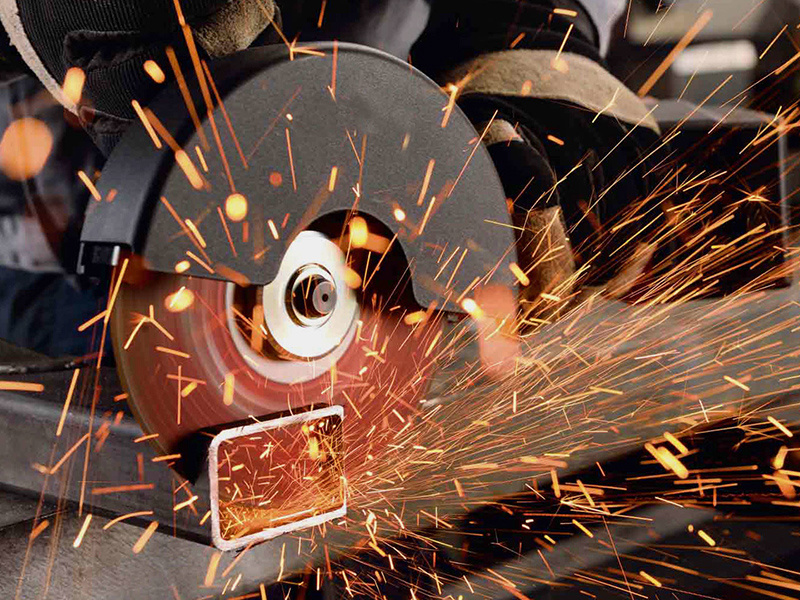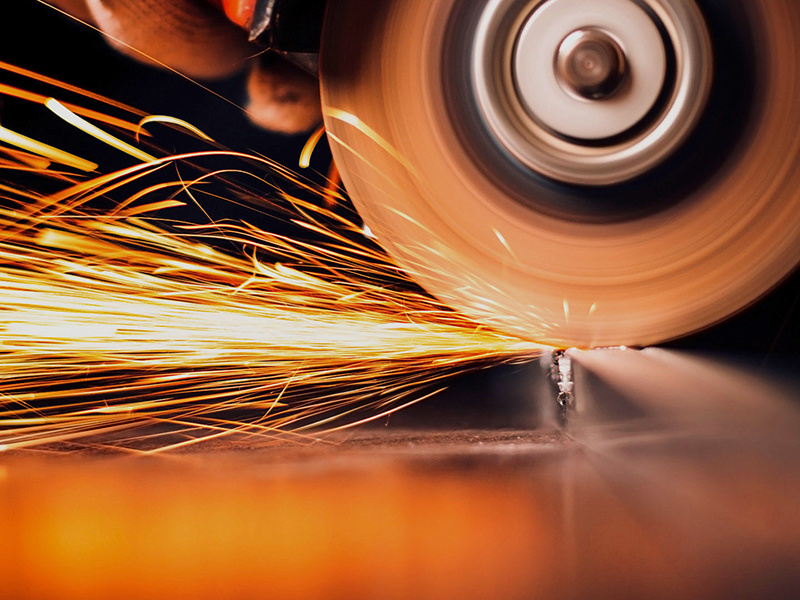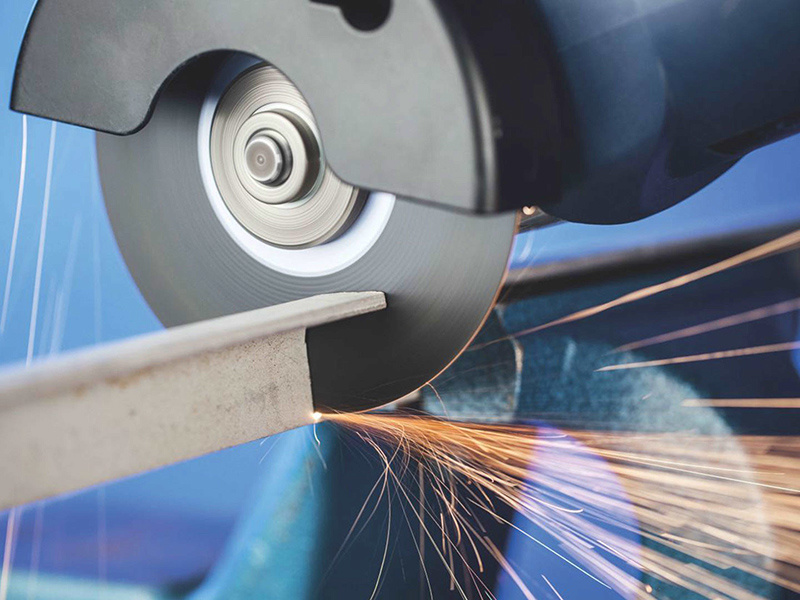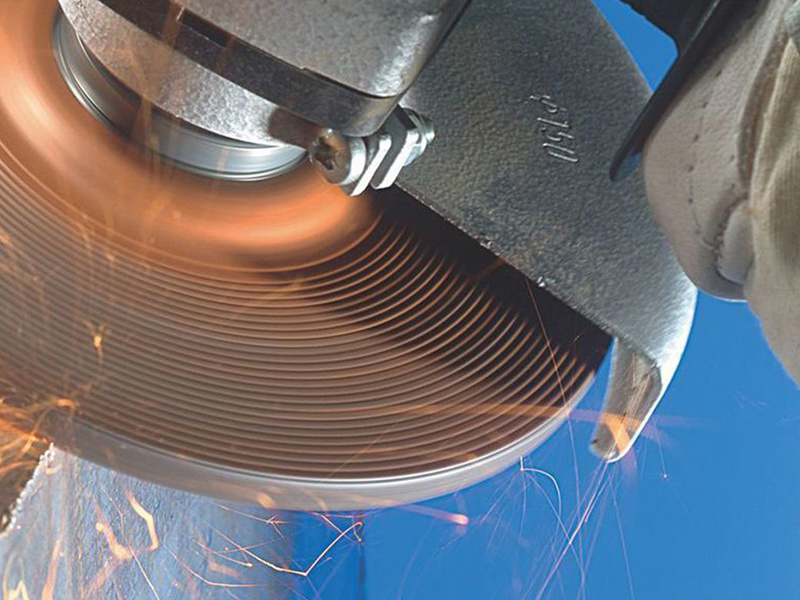Introduction to the Strength and Reprocessability of Grinding Tools
Release time:
2024-06-25
Ordinary abrasive bonded grinding tools are grinding tools that use binders to solidify ordinary abrasives into a certain shape and have a certain strength. Generally composed of abrasives, binders, and pores, these three parts are often referred to as the three elements of bonded abrasives.
Ordinary abrasive bonded grinding tools are grinding tools that use binders to solidify ordinary abrasives into a certain shape and have a certain strength. Generally composed of abrasives, binders, and pores, these three parts are often referred to as the three elements of bonded abrasives. Abrasives play a cutting role in grinding tools. Binder is a material that solidifies loose abrasives into grinding tools, and there are two types: inorganic and organic. Inorganic binders include ceramics, magnesite, and sodium silicate; Organic ones include resin, rubber, and shellac. The most commonly used ones are ceramic, resin, and rubber binders.
Pores play a role in accommodating and removing debris during grinding, as well as accommodating coolant, which helps to dissipate grinding heat. To meet certain special processing requirements, certain fillers such as sulfur and paraffin can be impregnated into the pores to improve the performance of the grinding tool. This type of filler is also known as the fourth element of grinding tools. The items that represent the characteristics of ordinary abrasive bonded grinding tools include shape, size, abrasive particle size, hardness, organization, backing, adhesive, and binder. Grinding tool hardness refers to the difficulty of abrasive particles falling off the surface of the grinding tool under external force, and it reflects the strength of the binder to hold the abrasive particles.







